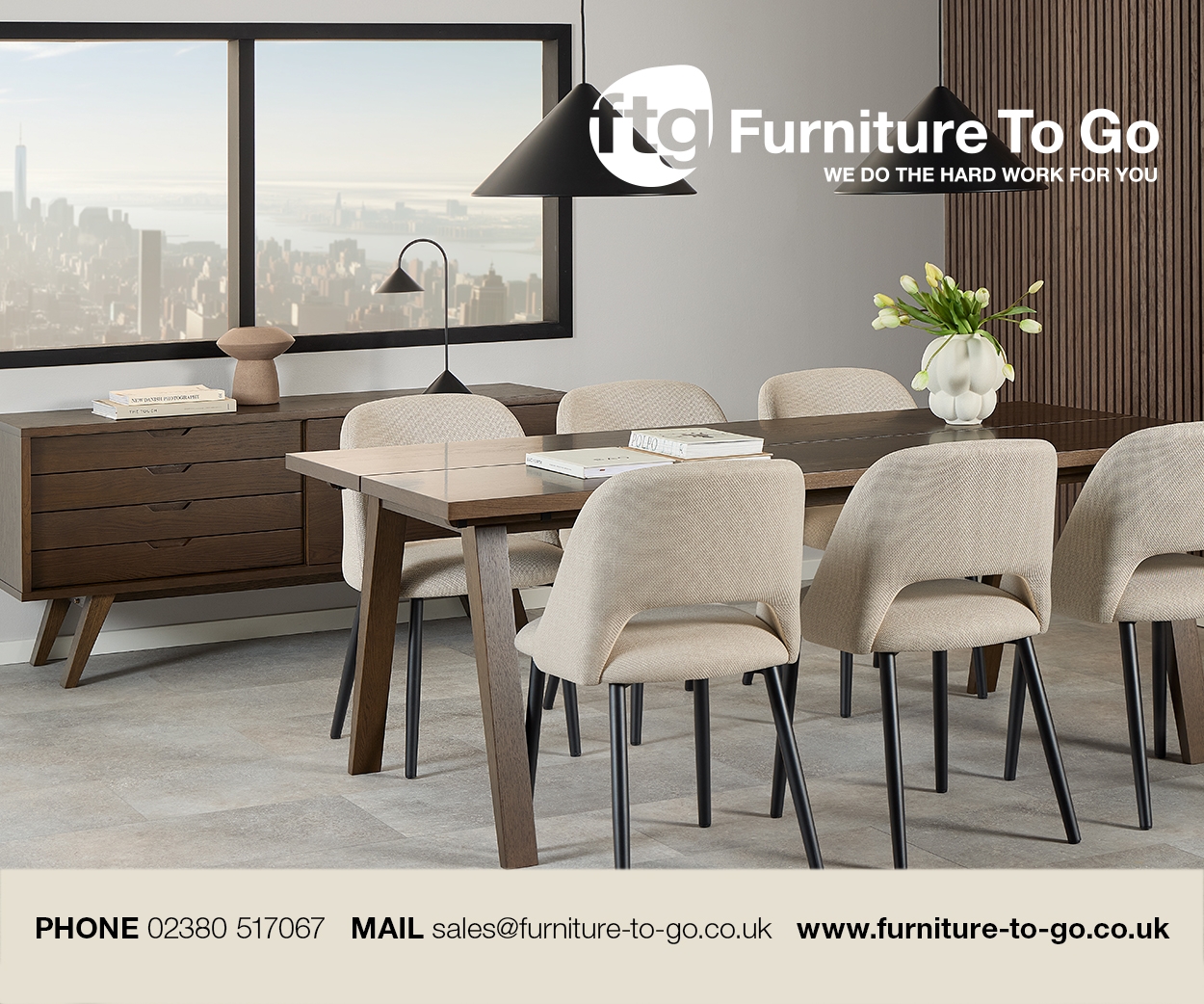Every year in the UK, an estimated 22 million pieces of furniture are sent to landfill by people eager to keep their interiors on point, says Emma Samson, marketing communications manager at circular plastics agency Searious Business. However, worsening climate change and socio-economic inequalities show that this take-make-waste consumption culture isn’t working for people, planet or profit – so, how can we create a circular system where resources are retained and not lost to landfill or leaked into our environment?
The furniture industry seems ripe for a circular approach. Materials and designs tend to stay the same across decades, and parts are not subject to technological obsolescence like electronics.
It all comes down to effective design in the end – or at the beginning, actually. Furniture designers need to conceptualise their products with their entire lifecycle in mind, including disposal and the system in which it exists. It’s hard to recycle a piece of furniture that was not initially intended for disassembly, and it is difficult to repair something if you can’t buy spare parts.
To this end, we have drafted 10 golden design rules to help guide furniture manufacturers to accelerate the circular economy for furniture through basic design principles …
1. Longevity
Furniture that lasts longer is the first way to decrease the use of new materials. However, as well as functional durability, you must also consider aesthetic and emotional factors. Building timeless pieces that users will love and trust for generations is the holy grail for designers.
2. Repair friendly
Slow the circulation of materials by designing easy-to-repair modular features with accessible and interchangeable spare parts and accessories across a wide portfolio of products.
3. Easily upgraded
Furniture needs to respond to the consumer’s needs. By supplying add-ons, upgrade features or refurbishment services, you can extend a product’s life and maintain a revenue stream from loyal brand fans.
4. Repurposing
How can the components and materials in your products be used again? Could you incorporate used material within your new products? For example, using recycled plastic in the frames or upholstery cuts carbon impacts dramatically.
5. Disassembly
Furniture components must be easily disassembled – the fewer parts, the better. Keep glue and fastenings to a minimum, and the disassembly tools should be commonplace. Disassembly instructions should be easily accessible to recyclers and secondhand users.
6. Material choice
Choosing optimal materials is key. Consider the purpose, lifespan, environmental impact and recyclability. Mixed materials, hazardous substances and adhesives hinder recyclability. Although not yet mandatory, a product passport could help future actors better understand the resources embedded in used furniture.
7. Take-back schemes
Designing and setting up reverse logistics and reward systems to collect used furniture ensures valuable materials do not end up in landfills and diminish companies’ reliance on virgin sources, reducing CO2 emissions and risk from disrupted supply chains.
8. Product as a service
Leasing models means furniture stays in circulation far longer. It can also be a way for producers to tap into a new growing market segment, test and improve their products, and strengthen consumer relationships.
9. The twin transition (green and digital)
Digitalisation is inevitable, and will facilitate the green transition by tracking substances, materials and products across the value chain. Furniture manufacturers should use digital tools to collect detailed data and stay ahead of growing legal and social demands.
10. Communication
Although not strictly part of product design, consumer awareness is vital to ensure circular furniture is appreciated and the costs and environmental benefits understood. Standardisation of labelling is necessary to allow consumers to make informed decisions and compare products.
Over the next decade, the furniture industry in the UK will encounter various economic, regulatory and environmental challenges. Global competition, supply chain disruption, shortages of raw materials, an increasingly enlightened customer base and legislative oversight will mean manufacturers need out-of-the-box thinking to survive. That starts with design.
This article featured in the October 2022 issue of Furniture News.








